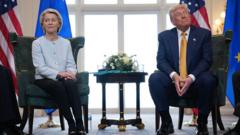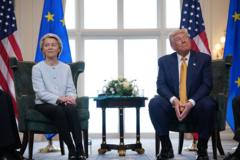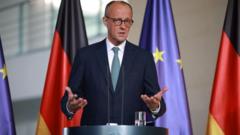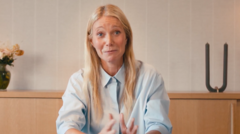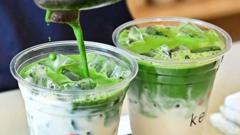As the rise of AI-driven doll images floods social media, artists and creatives speak out about the threats to their livelihoods and the authenticity of human creativity.
AI-Generated Dolls Spark Backlash Among Artists
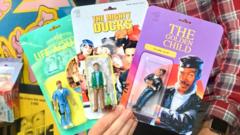
AI-Generated Dolls Spark Backlash Among Artists
Recent trends showcasing AI-generated dolls are causing concern among human artists worried about devaluation and job loss.
In recent months, a growing number of individuals have utilized artificial intelligence (AI) to create stylized images of themselves as dolls, prompting a backlash from artists who fear this trend could compromise their profession. Notably, Nick Lavellee, a seasoned creator of custom action figures, expressed concern that an influx of AI-generated dolls could overshadow authentic craftsmanship. “People are sick of them,” Nick noted, highlighting that AI art diminishes the distinct aesthetic of human-made art.
Since the trend took off, the hashtag #StarterPackNoAI has gained traction on platforms like Instagram and X. Artists such as Maria Picassó Piquer have embraced the movement, revealing that a crucial appeal of traditional art lies in its variability and personal touch. "While AI pieces all looked more or less the same, I was amazed at the variety of the 'human' works,” she stated, emphasizing the unique quality that self-portraits provide.
Some illustrators have already felt the impacts, with artists like Dav le Dessineux from Bordeaux admitting that they've lost contracts to AI designs. Histories of artistry conveyed through traditional methods remain at risk as AI-generated content dominates market perspectives. With a focus shift towards AI’s capabilities, the artistic community urges a reevaluation of authenticity and originality.
This concern is echoed by other artists, including Eli Dibitonto and Evie Joyce, who cherish the time and effort that goes into handmade works. They argue that AI lacks the personal experiences and nuances inherent in human creativity, thus affecting artistry's emotional depth. Joyce noted, “Art isn't meant to be perfect or look flawless,” encapsulating the inherent value of the imperfect human touch in creative endeavors.
Amidst the concerns, Nick Lavellee and other creators acknowledge that AI could serve as a useful tool when applied appropriately, maintaining hope that consumers will recognize the unique qualities of handcrafted pieces. “I hope that people are smart enough to understand the difference," Nick asserted.
While the AI doll phenomenon continues to evolve, its implications for the future of genuine artistry remain under scrutiny, raising questions regarding creativity, originality, and the potential risks posed by technological advances in the art world.
Since the trend took off, the hashtag #StarterPackNoAI has gained traction on platforms like Instagram and X. Artists such as Maria Picassó Piquer have embraced the movement, revealing that a crucial appeal of traditional art lies in its variability and personal touch. "While AI pieces all looked more or less the same, I was amazed at the variety of the 'human' works,” she stated, emphasizing the unique quality that self-portraits provide.
Some illustrators have already felt the impacts, with artists like Dav le Dessineux from Bordeaux admitting that they've lost contracts to AI designs. Histories of artistry conveyed through traditional methods remain at risk as AI-generated content dominates market perspectives. With a focus shift towards AI’s capabilities, the artistic community urges a reevaluation of authenticity and originality.
This concern is echoed by other artists, including Eli Dibitonto and Evie Joyce, who cherish the time and effort that goes into handmade works. They argue that AI lacks the personal experiences and nuances inherent in human creativity, thus affecting artistry's emotional depth. Joyce noted, “Art isn't meant to be perfect or look flawless,” encapsulating the inherent value of the imperfect human touch in creative endeavors.
Amidst the concerns, Nick Lavellee and other creators acknowledge that AI could serve as a useful tool when applied appropriately, maintaining hope that consumers will recognize the unique qualities of handcrafted pieces. “I hope that people are smart enough to understand the difference," Nick asserted.
While the AI doll phenomenon continues to evolve, its implications for the future of genuine artistry remain under scrutiny, raising questions regarding creativity, originality, and the potential risks posed by technological advances in the art world.





